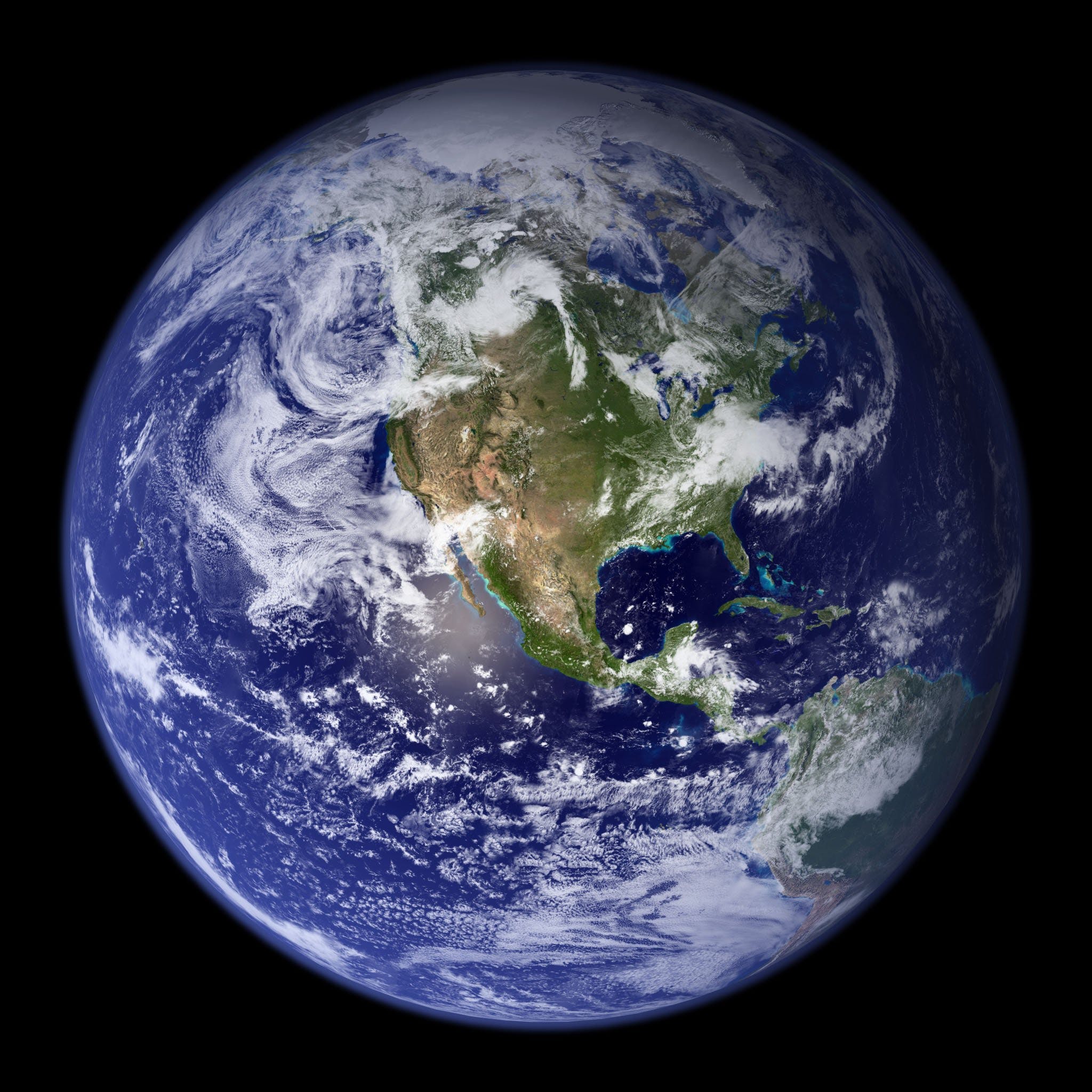Earth’s Early History
Discover the fascinating revelations about Earth’s early history, as scientists unveil mysterious structures beneath the Pacific Ocean. Follow along as we delve into the seismic secrets hidden within South Africa’s Barberton Greenstone Belt and New Zealand’s coastal depths, offering fresh insights into our planet’s formative years and the potential origins of life.

© Provided by Indy 100
Unveiling Earth’s Ancient Secrets
In a remote corner of the Pacific Ocean, a team of scientists has unearthed a remarkable window into Earth’s past. Led by geophysicist Simon Lamb and scientist Cornel de Ronde, the discovery promises to rewrite our understanding of our planet’s early history. Journey with us as we explore the unexpected connections between two distant regions—South Africa’s Barberton Greenstone Belt and the depths off the coast of New Zealand—and the seismic revelations they hold.
Cracking the Code: South Africa’s Barberton Greenstone Belt
The story begins in South Africa’s highveld region, where the enigmatic Barberton Greenstone Belt has puzzled geologists for decades. Despite numerous attempts to decipher its geological formations, the true nature of this ancient landscape remained elusive. However, a breakthrough emerged when de Ronde created a detailed geological map of the region, revealing a fragment of deep-sea floor dating back a staggering 3.3 billion years.
A Seismic Shift in Understanding
What researchers found beneath the surface challenged long-held beliefs about Earth’s early history. Contrary to the prevailing notion of a geologically inert planet, the Barberton Greenstone Belt hinted at a dynamic environment rocked by large earthquakes. This revelation upended our understanding of early Earth, suggesting that seismic activity played a far more significant role than previously thought.

© Provided by Indy 100
Connecting the Dots: New Zealand’s Coastal Depths
The puzzle pieces fell into place when scientists turned their gaze to the depths off the coast of New Zealand. Recent submarine landslides triggered by seismic events provided crucial clues that helped decipher the mysteries of the Barberton Greenstone Belt. By studying rock layers formed by earthquakes in New Zealand, researchers unlocked the secrets of the ancient formations in South Africa.
Volcanic Vistas: Exploring Subduction Zones
But seismic activity was just one piece of the puzzle. Subduction zones, where tectonic plates collide, also played a pivotal role in shaping Earth’s early landscapes. These zones are not only associated with earthquakes but also with explosive volcanic eruptions. The eruption of Tonga’s Hunga Tonga-Hunga Ha’apai volcano in 2022 and rare boninite lava eruptions serve as modern-day reminders of the planet’s tumultuous past.
A Glimpse Into the Ancient Past
Volcanic ash found in the Barberton Greenstone Belt offers a tantalizing glimpse into past eruptions, providing insights into the violent volcanic activity that once shaped our planet. But the implications extend beyond geology. Lightning strikes associated with these eruptions may have played a crucial role in the formation of basic organic molecules—the building blocks of life itself.
Life’s Origins: From Seismic Chaos to Organic Crucibles
Intriguingly, seismic activity and volcanic eruptions may have set the stage for the emergence of life on Earth. Subduction zones, once viewed solely as geological phenomena, now emerge as potential cradles for life’s origins. The combination of seismic chaos and volcanic violence could have provided the perfect conditions for the formation of basic organic molecules, sparking the flame of life itself.
Unlocking Earth’s Mysteries
As we delve deeper into Earth’s early history, new questions emerge, and old assumptions crumble. The discovery of mysterious structures beneath the Pacific Ocean offers a glimpse into a world long gone, yet profoundly relevant to our understanding of the present. By unraveling the secrets of our planet’s formative years, we gain valuable insights into the forces that shaped—and continue to shape—the world we inhabit today.
Conclusion: A Journey Through Time
From the rocky shores of New Zealand to the ancient landscapes of South Africa, the story of Earth’s early history unfolds. Seismic upheavals, volcanic eruptions, and the emergence of life itself—each chapter offers a new perspective on our planet’s journey through time. As scientists continue to probe the depths of our world, one thing remains clear: Earth’s early history is a tale of seismic significance, with echoes that resonate across the ages.
ALSO READ:
http://“Fusion Energy Stability: 10 Mind-Blowing Solutions for Unstoppable Power!”



